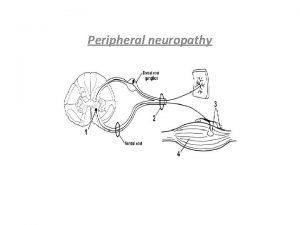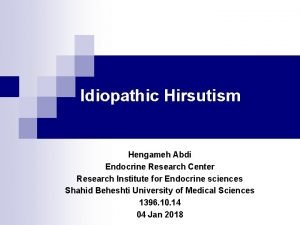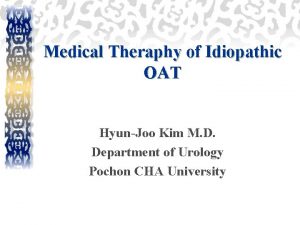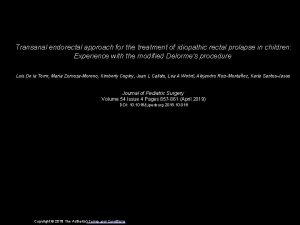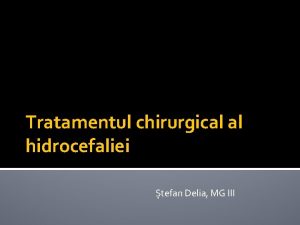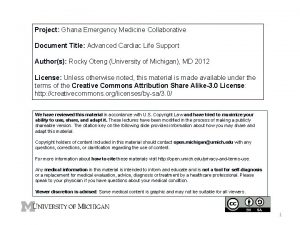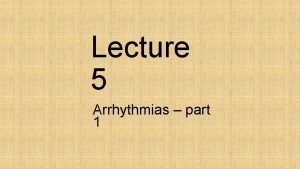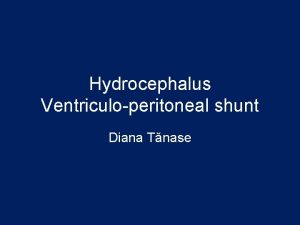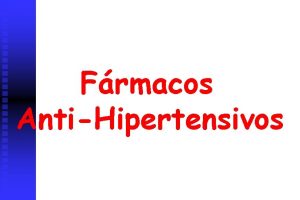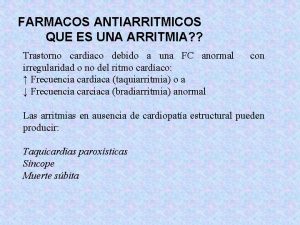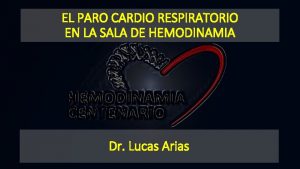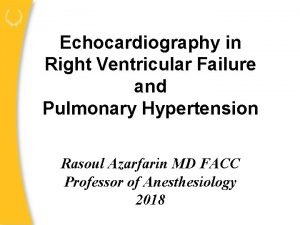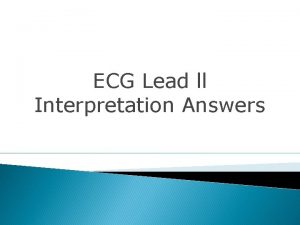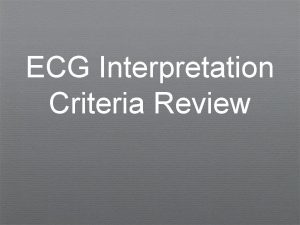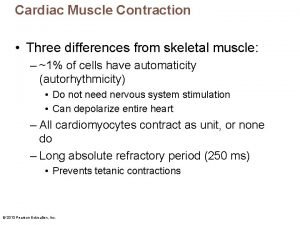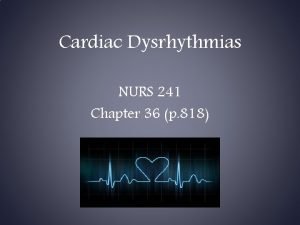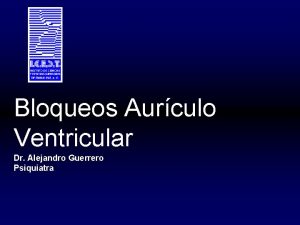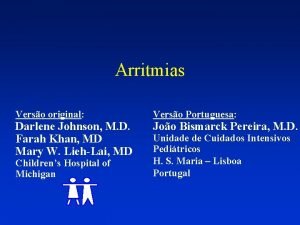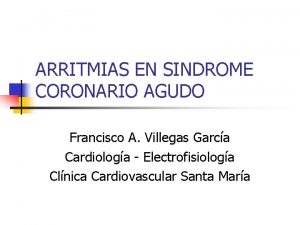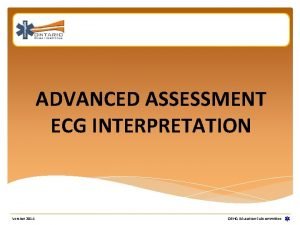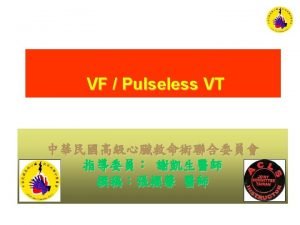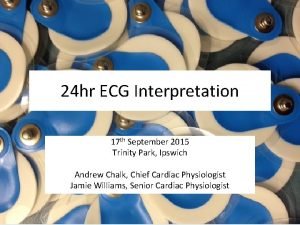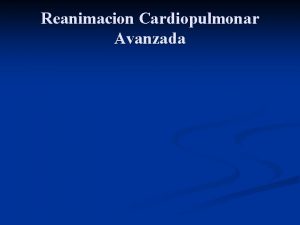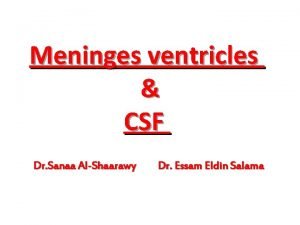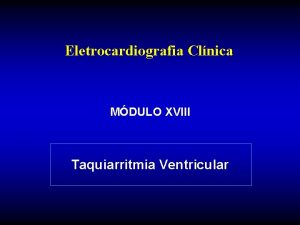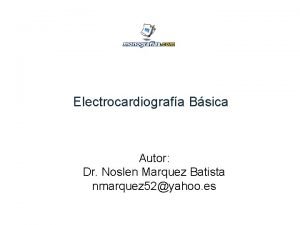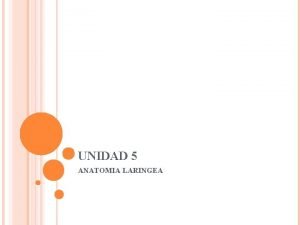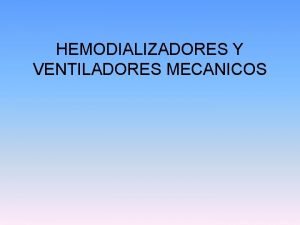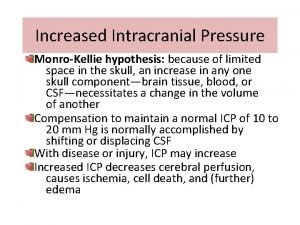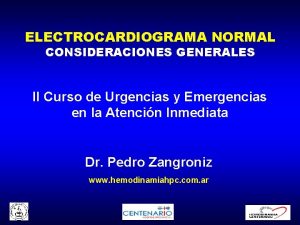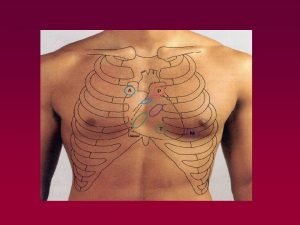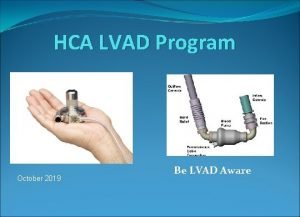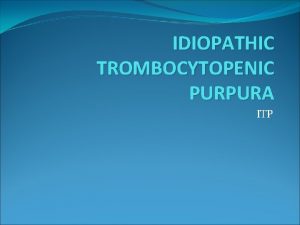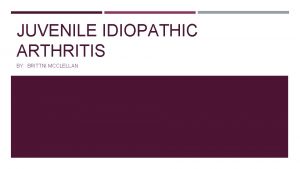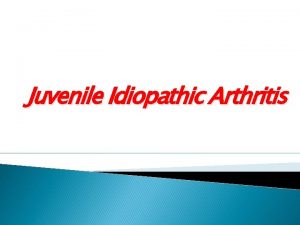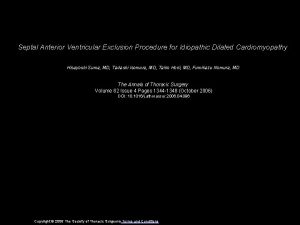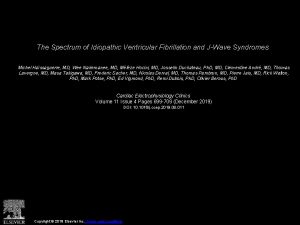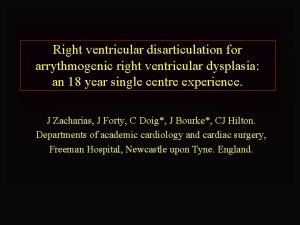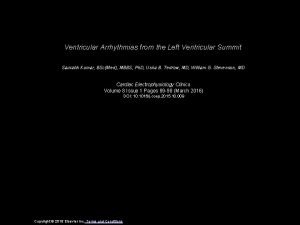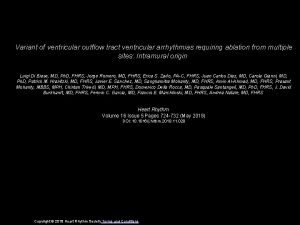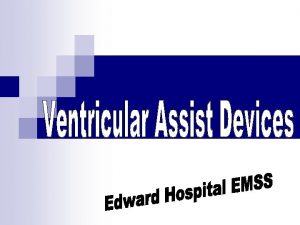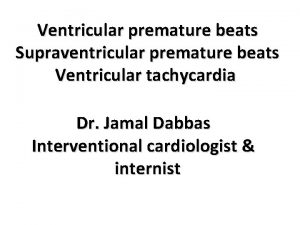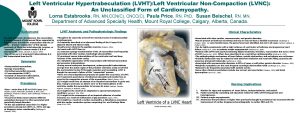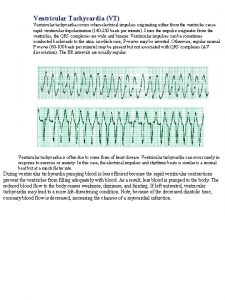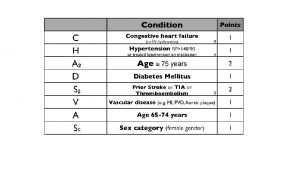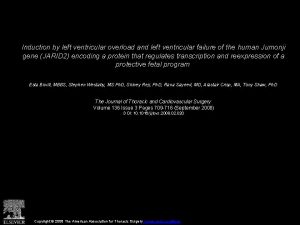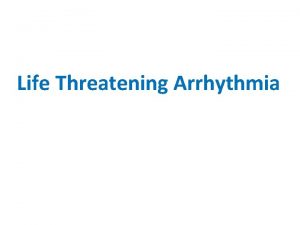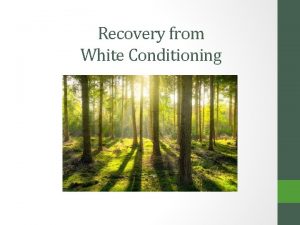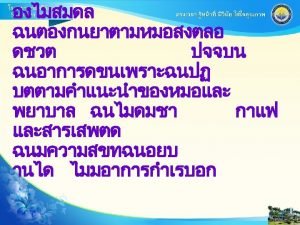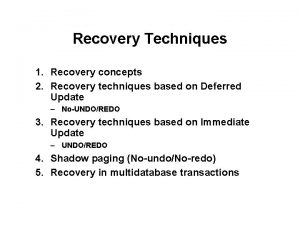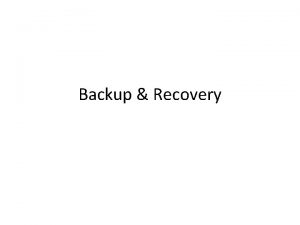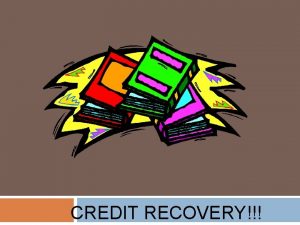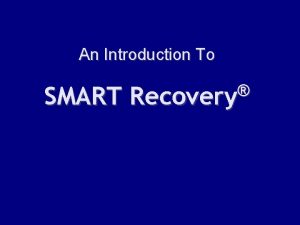Ventricular function recovery on LVAD For idiopathic or






![Circulation. 2008; 118[suppl 1]: S 94–S 105. Hetzer R Circulation. 2008; 118[suppl 1]: S 94–S 105. Hetzer R](https://slidetodoc.com/presentation_image_h/0df4da849c052410b8679d0d8dd44c01/image-7.jpg)



























- Slides: 34

Ventricular function recovery on LVAD For idiopathic or ischemic CM P. Leprince, CT Surgery Institut of cardiology Pitié-Salpétrière Group Paris, France

Intermacs 1. 4%

Intermacs 0. 8% 0. 9% 0. 4% 1% 16% 0. 3%

Hetzer R

Hetzer R

Hetzer R
![Circulation 2008 118suppl 1 S 94S 105 Hetzer R Circulation. 2008; 118[suppl 1]: S 94–S 105. Hetzer R](https://slidetodoc.com/presentation_image_h/0df4da849c052410b8679d0d8dd44c01/image-7.jpg)
Circulation. 2008; 118[suppl 1]: S 94–S 105. Hetzer R

* 30<LVEF<44% at 55<LVEDD<66 mm before VAD removal. Hetzer R


• 15 patients • The patients underwent implantation of left ventricular assist devices and were treated with – – lisinopril, carvedilol, spironolactone, and losartan to enhance reverse remodeling. • Once regression of left ventricular enlargement had been achieved, the β 2 -adrenergic–receptor agonist clenbuterol was administered to prevent myocardial atrophy.

11 patients explanted, 1 death




Conclusions • LVAD removal should be considered as contraindicated if off-pump LVEF does not exceed 40%. • Patients with a history of HF of 5 years should be monitored very carefully after weaning • Neither the LVIDd nor the LVEF measured before LVAD implantation are predictive for potential myocardial improvement during mechanical unloading.

Weaning rate: 8. 8% Multivariate analysis: risk factor for sustained recovery Age: OR 1. 036 Pulsatile: OR 2. 719 (19. 4% vs 2. 46%)

J Heart Lung Transplant 2008; 27: 165– 72 14 BTR, 29 BTT, 29 Tx SF-36: Physical, mental, Global

HMII and Myocardial recovery in ischemic CM P. Leprince, Institut de cardiologie Chirurgie Cardiovasculaire Groupe Hospitalier Pitié-Salpétrière Paris pascal. leprince@psl. aphp. fr

Medical History • • 51 years old female Smoker Regular physical activity March 14 th: – Fast run to get the bus – Pain, Collapsed, spontaneous quick recovery • March 15 th: – Family practitioner: normal exam, normal EKG • March 16 and 17 th: – Dyspnea, fatigue

• March 18: – Pain recurrence, collapse Emergency room BP: 95/50 Persisting pain Heart rate : 110 TTE: extented akinesia (anterior and lateral wall, apex, septum). EF: < 25% Dobutamine


After PTCA • • • Dobutamine 10 mic IAPB BP 90 Pic troponin: 42 Stable biologie Clinical signs of poor peripheral perfusion after few hours ECMO


No recovery after 10 days

HMII Implantation instead of high emergency list cardiac transplantation ØTo test for potential recovery ØTo buy time before transplantation

After implantation • Good general status recovery • Discharged directly to home after 20 days • Echocardiography: – Good LV unloading – No aortic valve opening – Myocardial contraction slightly better

Follow up • No complication • Good quality of life • New Echocardiography in June


Vacation time 8000 rpm

Explantation: September

Follow-up

> 5 years • Doing well on ACE inhinbitor and beta bloquers • Normal life • Back to physical activies • Disappearance of apical clot • Isotopic EF: 60%

5 ischemic patients /55 HMII patients • 3 males, 2 females • Age: 39 to 54 • All with – cardiogenic shock related to AMI – ECMO + IABP + inotropes 6 to 10 days – EF at implantation: 7 to 25% – B-, ACE Inhib, Aldactone • Weaning process started at 4 to 14 months • Weaned at 7 to 21 months (EF 25 to 55%) • 1 death related to septic shock

Conclusion • Recovery does exist (5 to 10%) • Every patient should be treated and screened for it • Young age and short duration of heart failure are favorable factors for sustained recovery • Role of pulsatility? • Another advocacy for early implantation
 Idiopathic peripheral neuropathy
Idiopathic peripheral neuropathy Idiopathic hirsutism
Idiopathic hirsutism Idiopathic oat
Idiopathic oat Pediatric surgery
Pediatric surgery Drenaj ventriculo-peritoneal
Drenaj ventriculo-peritoneal H's and t's
H's and t's Failure to sense
Failure to sense What is it
What is it Inotrop batmotrop cronotrop dromotrop
Inotrop batmotrop cronotrop dromotrop Escape atrial
Escape atrial Vp shunt pathway
Vp shunt pathway Espironola
Espironola Antiarritmicos en embarazo
Antiarritmicos en embarazo Taquicardia ventricular polimorfa
Taquicardia ventricular polimorfa Normal pulmonary artery pressure
Normal pulmonary artery pressure Ventricular stand still
Ventricular stand still Ventricular couplets
Ventricular couplets Ventricular depolarization vs repolarization
Ventricular depolarization vs repolarization Fine ventricular fibrillation
Fine ventricular fibrillation Taquicardia ventricular polimorfa
Taquicardia ventricular polimorfa Taquicardia supraventricular
Taquicardia supraventricular Criterios de reperfusion
Criterios de reperfusion Sinus with pjc
Sinus with pjc Acls pulseless ventricular tachycardia
Acls pulseless ventricular tachycardia Trigeminy
Trigeminy Nadrenalina
Nadrenalina Ventricular system
Ventricular system Taquicardia ventricular monomórfica
Taquicardia ventricular monomórfica P mellada en ecg
P mellada en ecg Anatomia laringea
Anatomia laringea Hemodializadores
Hemodializadores Cushing's triad vitals
Cushing's triad vitals Frecuencia ventricular normal
Frecuencia ventricular normal Left ventricular hypertrophy
Left ventricular hypertrophy Trabaculae carnae
Trabaculae carnae
